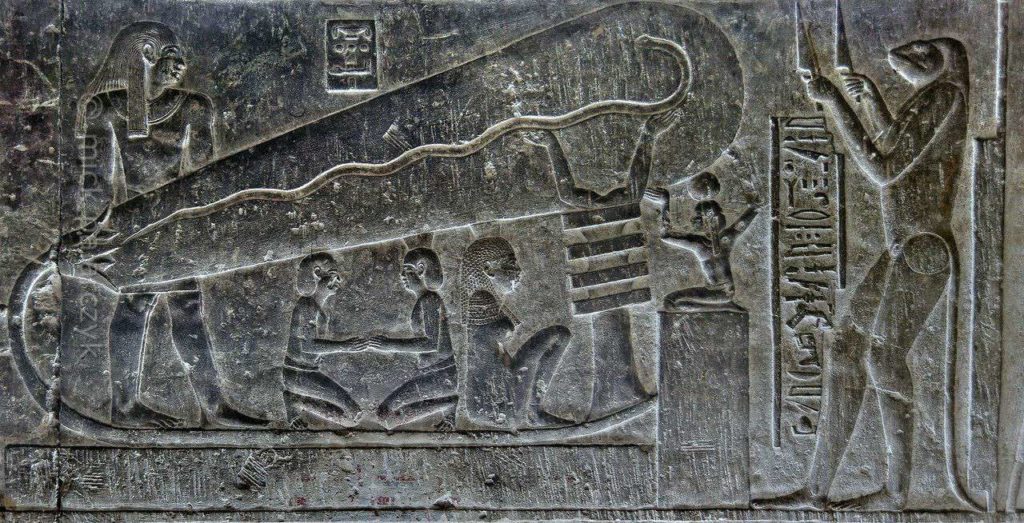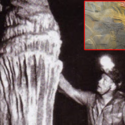Ancient telegraph: Light signals used for communication in ancient Egypt?
Imhotep, an ancient Egyptian architect, is credited with the Sun God Ra temple complex in Heliopolis. Its main symbol was a strange cone-shaped stone usually placed in high places.
This sacred sun sign was known as a pyramid in Greek mythology. It should be the first to greet the dawn and the last to see the sunset. The sun temple in Heliopolis is not only older than the earliest step pyramids, but it also served as a model for subsequent pyramidion temples.

Egyptologists believe that the first Egyptian step pyramids were built in response to direct observations of sun rays penetrating the clouds as they moved towards the horizon. However, the connection between sun rays and step pyramids is not evident in this scenario.
The pyramid of Djoser
The sunrise appears to be a steady buildup of dazzling, elongated layers of light on dry and sunny days. The sun appears as a step pyramid a few seconds before sunrise and then transforms into the disc of light we see every day after a brief period.
Meteorologists explain that the layered appearance of the sun is caused by sun rays bending at the atmospheric “prism.” Still, the view is unclear due to layered atmospheric structures distorting the perspective at the horizon. A bright pyramid resembles a giant creature rising from the horizon. It is now apparent why the sun religion was absorbed into ancient Egypt’s belief system.

The step pyramid of Djoser was the first significant pyramid to be built. However, after dynastic battles, the Egyptians switched back to flat pyramids. There are, however, a few well-preserved pyramids.
Imhotep may have constructed the pyramid for a more practical reason. This type of pyramids could have been used as heliographs or light-sending devices. By covering different sides of the pyramids, signals can shift direction. Those signals could have served as warnings of enemy invasions.

The ‘light telegraph’ in ancient Egypt
The “light telegraphs” in Egyptian pyramids would have been able to work even at night. Giant, nearly flat clay plates filled with flammable oil would provide enough light to reflect the plated sides of the pyramid. The light would be seen from a distance of at least 10 kilometers.
According to some archaeologists and engineers, the principal function of step pyramids was not for burial. The Egyptian step pyramids made up of pyramidal dielectric resonators and refractory antennae, functioned as a one-of-a-kind telecommunication system.
All of the tunnels, passages, ventilation shafts, burial chambers, and internal temples, according to this theory, were utilized as waveguides, resonators, filters, and so on.
Since the pyramids are made of granite and basalt, electricity isn’t an issue, but the “paleoelectricity” of ancient Egypt continues to challenge mainstream notions of history. Let’s take a look at an extraordinary ancient fresco popularly known as “The Light of Dendera.”

The slaves of the pharaoh are holding a bizarre bulb-like thing attached to a conductor and a battery (the Djed symbol). There are several theories about how ancient Egyptians might have used the “paleoelectrical items.” Still, none can be confirmed because the fresco is only accompanied by a devotional hymn dedicated to Ra.
These symbols, according to alternative archaeologists, are unmistakably electrical gadgets. They back up their claims with archaeological artifacts like copper conductors and enormous clay objects known as Baghdad batteries, which continue to elicit controversy among archaeologists to this day.
Who taught the ancient Egyptians how to use electricity and why is still a question that has yet to be answered.




